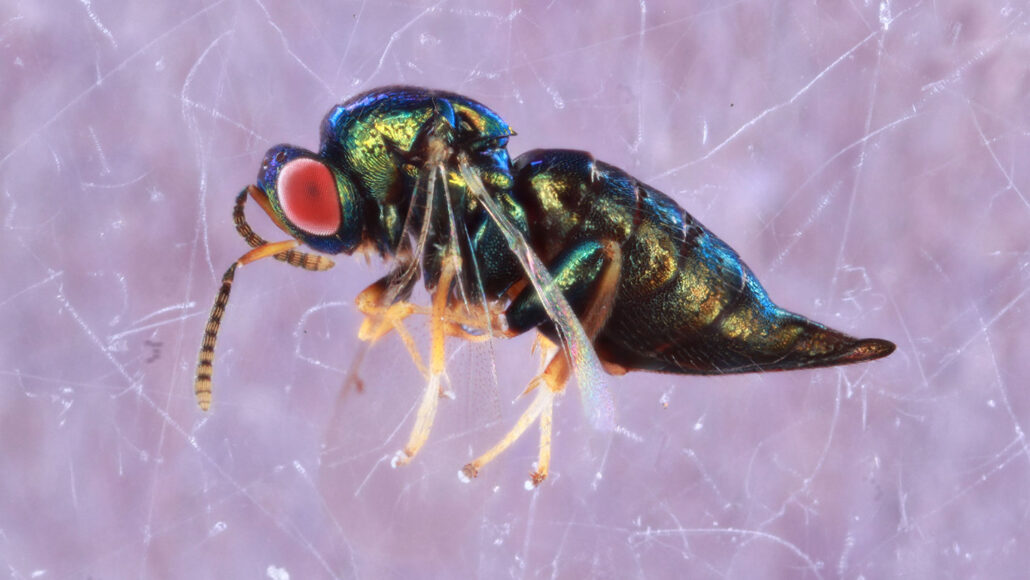Questions for ‘Surprise! Sixteen tiny wasp species found masquerading as one’

Scientists recently discovered that one supposed species of parasitic wasp, Ormyrus labotus, is 16 or more genetically distinct species. At least from the outside, however, they all look the same.
Sofia Sheikh